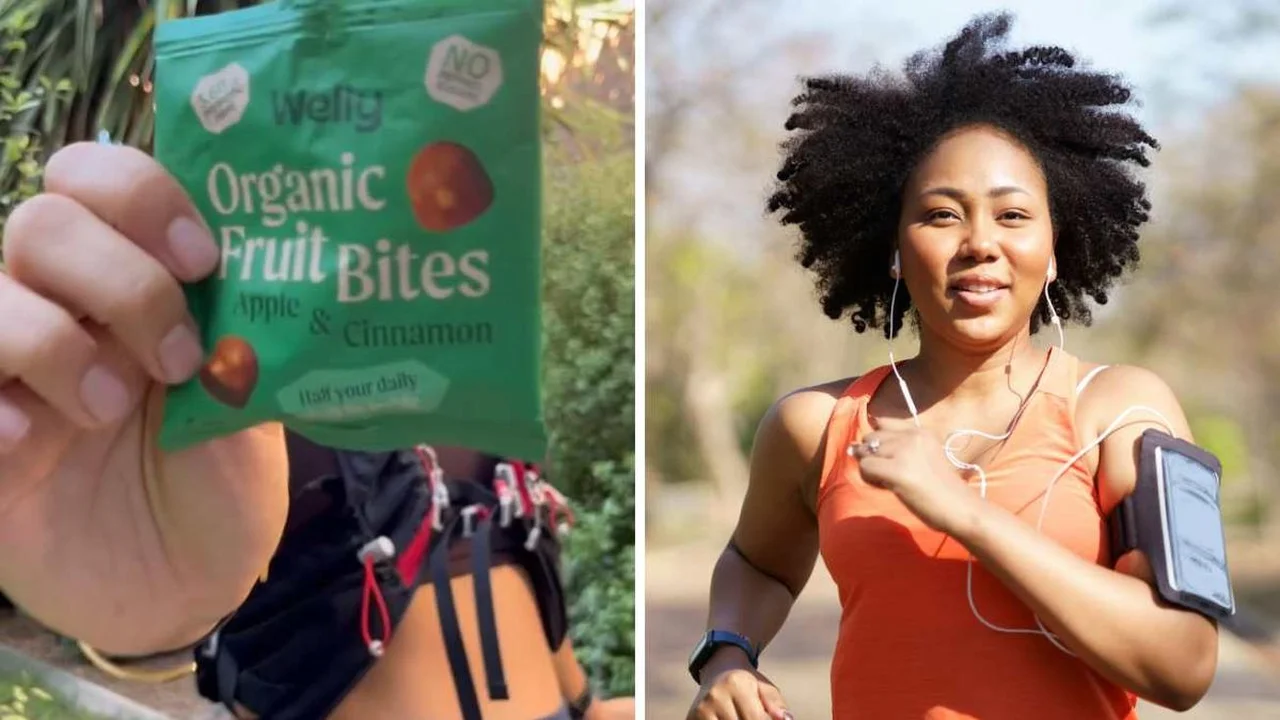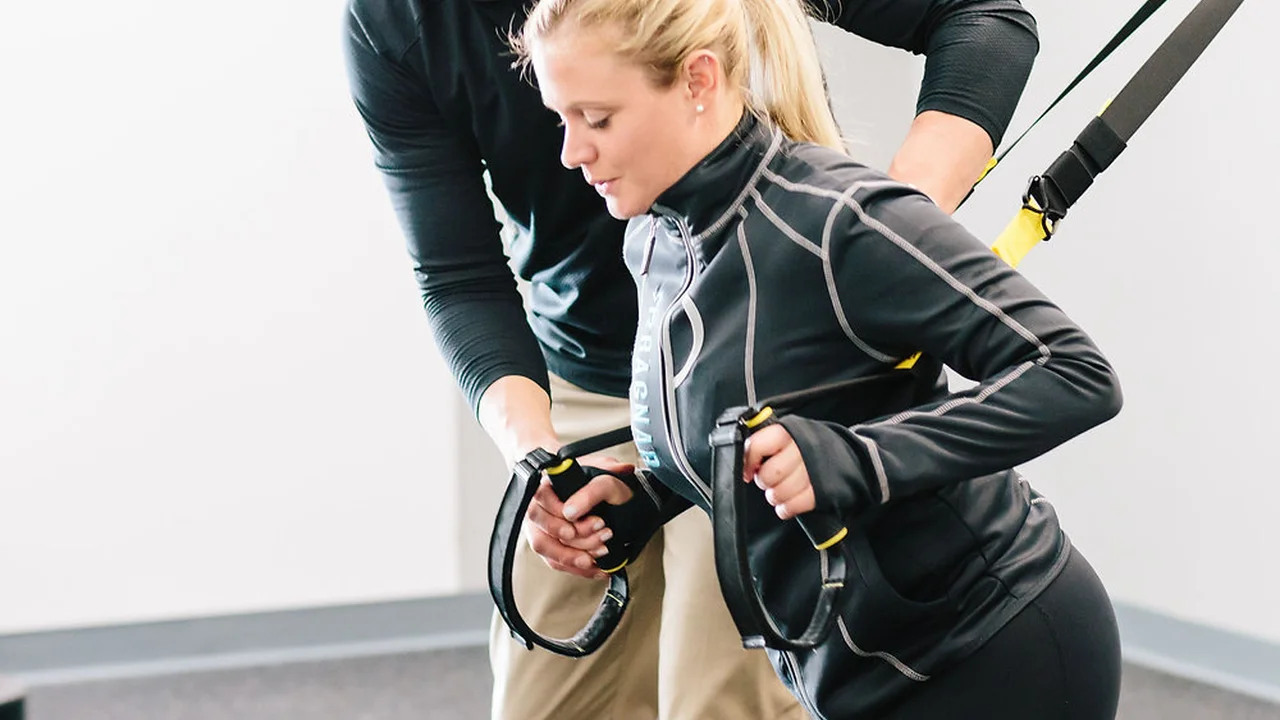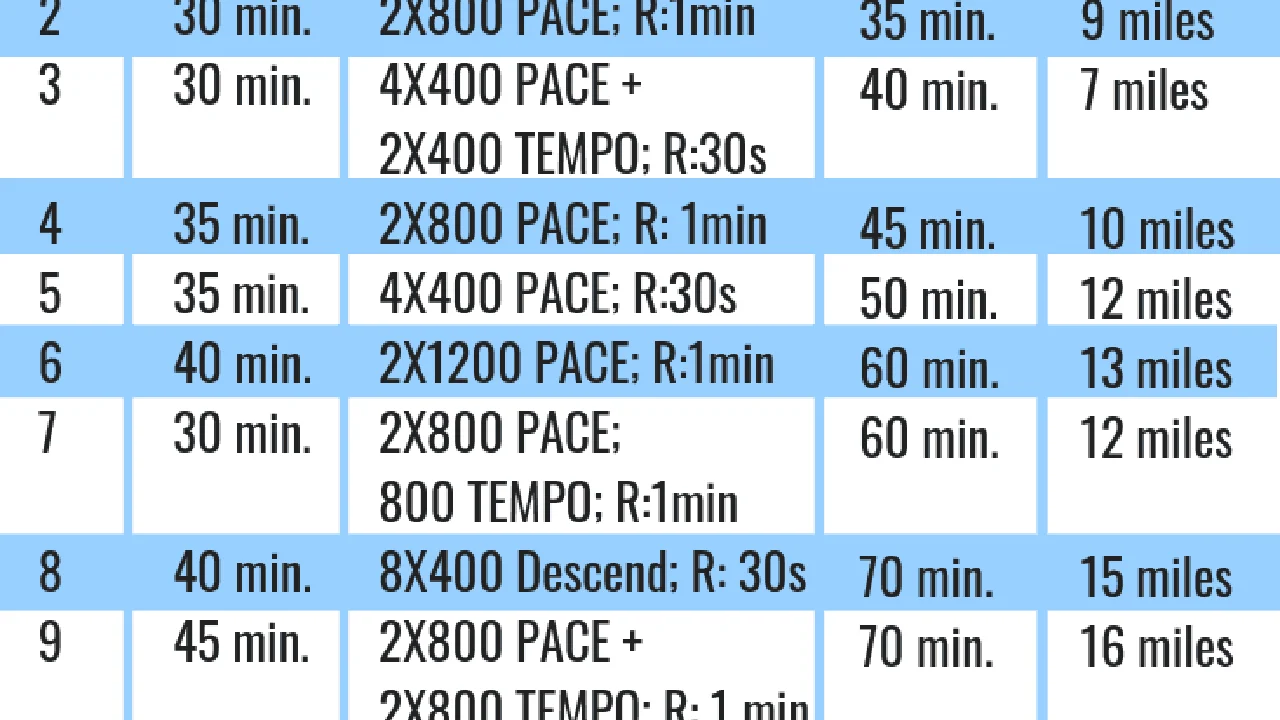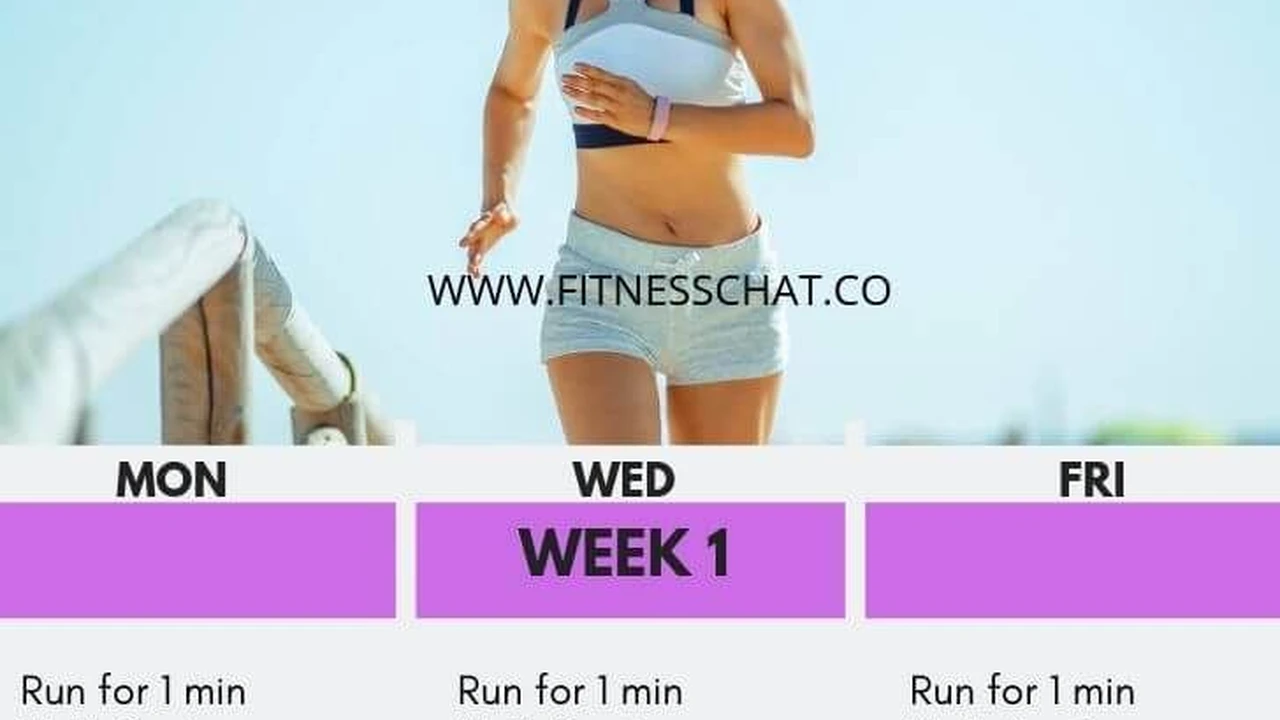How to Choose the Right Jogging Shoes for Beginners
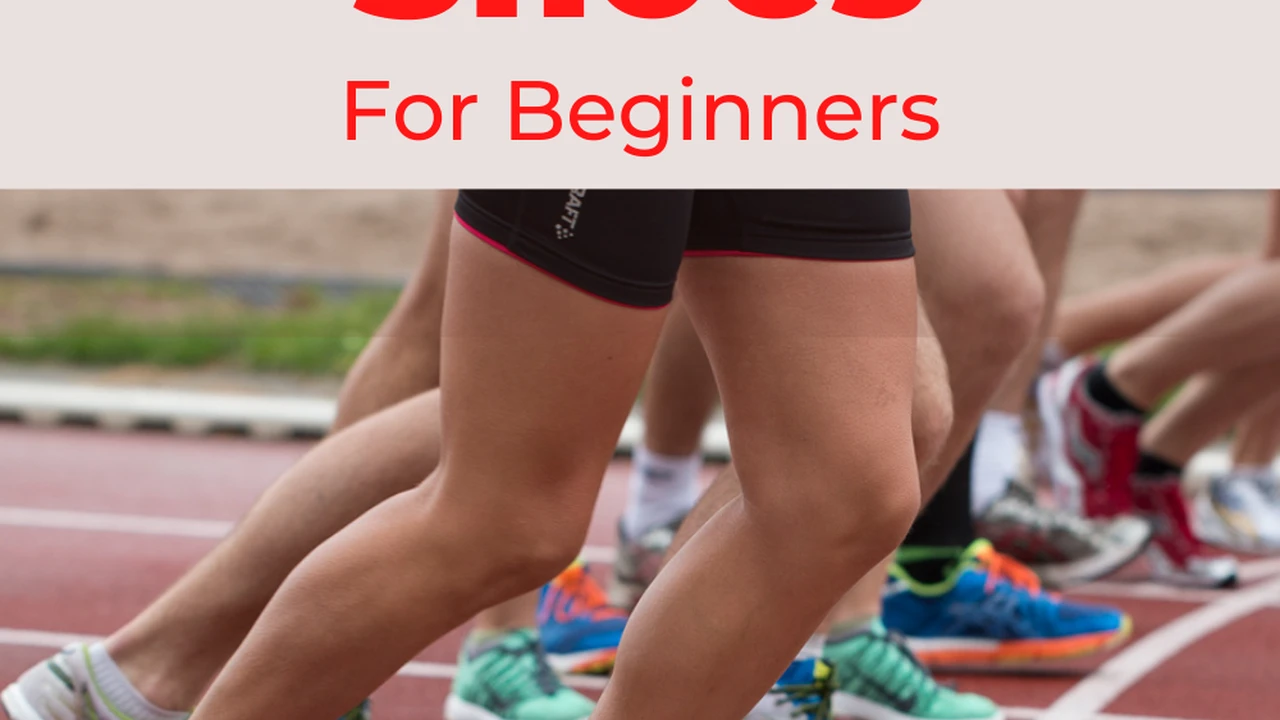
The Joys of Jogging A Beginner's Guide
So you're thinking about taking up jogging? Excellent choice! It's a fantastic way to improve your fitness, boost your mood, and explore your surroundings. Jogging isn't just about running; it's about building a healthy habit, connecting with nature, and pushing your personal boundaries. Whether you're aiming to lose weight, relieve stress, or simply enjoy the outdoors, jogging can be a powerful tool.
But where do you begin? That's what this guide is all about. We'll cover everything from the essential gear you'll need to the best techniques for staying motivated and injury-free. Let's lace up those shoes (we'll help you pick the right ones later!) and get started!
Essential Jogging Gear for New Runners
Before you hit the pavement, it's important to have the right gear. While you don't need to spend a fortune, investing in a few key items can make a big difference in your comfort and performance. Let's break down the essentials:
The Importance of Proper Running Shoes
As we touched on earlier, your shoes are your most important piece of equipment. Ill-fitting or worn-out shoes can lead to blisters, shin splints, and other injuries. When choosing running shoes, consider the following:
- Foot Type: Are you a pronator (your foot rolls inward), a supinator (your foot rolls outward), or neutral? Knowing your foot type can help you choose shoes with the right level of support and cushioning. Visit a specialty running store for a gait analysis to determine your foot type.
- Running Surface: Will you be running on roads, trails, or a track? Road running shoes are typically lighter and more flexible, while trail running shoes offer more traction and support.
- Cushioning: How much cushioning do you need? If you're a heavier runner or prone to joint pain, you'll want shoes with more cushioning.
- Fit: Make sure your shoes fit comfortably with enough room in the toe box. Your toes should be able to wiggle freely. Try on shoes at the end of the day when your feet are at their largest.
Recommended Running Shoes for Beginners Product Reviews
Here are a few specific running shoe recommendations for beginners, with details and pricing (prices may vary):
Brooks Ghost 15 The Reliable Daily Trainer
The Brooks Ghost 15 is a highly regarded neutral running shoe known for its comfort and durability. It's a great option for beginners who are looking for a reliable daily trainer. The Ghost 15 features Brooks' DNA LOFT cushioning, which provides a soft and responsive ride. It also has a segmented crash pad that helps to absorb impact and provide a smooth transition from heel to toe.
- Use Case: Daily training, easy runs, long runs
- Pros: Comfortable, durable, good cushioning
- Cons: Not the most responsive shoe for speed work
- Pricing: Approximately $140
Saucony Kinvara 14 Lightweight and Versatile
The Saucony Kinvara 14 is a lightweight and versatile running shoe that's perfect for runners who want a shoe that can handle a variety of workouts. It features Saucony's PWRRUN cushioning, which provides a responsive and energetic ride. The Kinvara 14 is also very flexible, which allows your foot to move naturally.
- Use Case: Tempo runs, speed work, shorter races, daily training
- Pros: Lightweight, versatile, responsive
- Cons: Less cushioning than other options
- Pricing: Approximately $120
New Balance Fresh Foam X 880v13 The Comfortable All-Arounder
The New Balance Fresh Foam X 880v13 is a comfortable and versatile running shoe that's suitable for a wide range of runners. It features New Balance's Fresh Foam X cushioning, which provides a soft and plush ride. The 880v13 also has a durable rubber outsole that provides good traction.
- Use Case: Daily training, long runs, recovery runs
- Pros: Comfortable, durable, good cushioning, versatile
- Cons: Can feel a bit heavy for faster workouts
- Pricing: Approximately $135
ASICS GEL-Kayano 29 Stability and Support
The ASICS GEL-Kayano 29 is a stability running shoe that's designed for runners who overpronate. It features ASICS' GEL cushioning in the heel and forefoot, which provides excellent shock absorption. The Kayano 29 also has a Dynamic Duomax support system that helps to control overpronation.
- Use Case: Daily training, long runs, for overpronators
- Pros: Good stability, excellent cushioning, helps control overpronation
- Cons: Can feel a bit stiff for some runners
- Pricing: Approximately $160
Hoka Clifton 9 Maximum Cushioning for Comfort
The Hoka Clifton 9 is known for its maximal cushioning, offering a plush and comfortable ride. This is a great option for runners who prioritize comfort and impact absorption, especially those who are new to running or have joint issues.
- Use Case: Daily training, long runs, recovery runs, high-mileage training
- Pros: Maximum cushioning, lightweight for its cushioning level, comfortable
- Cons: Can feel a bit unstable for some runners, less ground feel
- Pricing: Approximately $145
Athletic Apparel for Jogging Comfort
Comfortable clothing is essential for a pleasant jogging experience. Look for moisture-wicking fabrics that will keep you dry and cool. Avoid cotton, which can become heavy and uncomfortable when wet. Consider the following:
- Tops: Choose a lightweight, breathable t-shirt or tank top.
- Bottoms: Running shorts, capris, or leggings are all good options. Look for styles with a comfortable waistband and minimal seams to prevent chafing.
- Socks: Invest in moisture-wicking running socks to prevent blisters.
- Outerwear: Depending on the weather, you may need a lightweight jacket or vest.
Hydration and Nutrition for Jogging Performance
Staying hydrated and fueled is crucial, especially for longer runs. Consider carrying a water bottle or wearing a hydration pack. For runs longer than an hour, you may also want to bring a small snack, such as an energy gel or a banana.
Other Useful Jogging Accessories
Here are a few other accessories that can enhance your jogging experience:
- Sunglasses: Protect your eyes from the sun.
- Hat or Visor: Shield your face from the sun and keep sweat out of your eyes.
- Headphones: Listen to music or podcasts to stay motivated.
- Fitness Tracker: Track your distance, pace, and heart rate.
- Reflective Gear: Increase your visibility, especially when running in low light.
Warming Up and Cooling Down Before and After Jogging
Warming up and cooling down are essential for preventing injuries and improving performance. A proper warm-up prepares your muscles for exercise, while a cool-down helps your body recover.
Dynamic Stretching for Your Pre-Jogging Warm-Up Routine
Before you start jogging, perform a few minutes of dynamic stretching. Dynamic stretches involve movement and help to increase blood flow to your muscles. Here are a few examples:
- Arm Circles: Swing your arms forward and backward in circles.
- Leg Swings: Swing your legs forward and backward, and side to side.
- Torso Twists: Twist your torso from side to side.
- High Knees: Bring your knees up to your chest as you walk.
- Butt Kicks: Kick your heels up to your glutes as you walk.
Static Stretching for Your Post-Jogging Cool-Down Exercise
After your jog, perform a few minutes of static stretching. Static stretches involve holding a stretch for 20-30 seconds. Static stretches help to improve flexibility and reduce muscle soreness. Here are a few examples:
- Calf Stretch: Lean against a wall with one leg extended behind you.
- Hamstring Stretch: Sit on the ground with your legs extended in front of you and reach for your toes.
- Quadriceps Stretch: Stand and grab your foot behind you, pulling it towards your glutes.
- Hip Flexor Stretch: Kneel on one knee with your other foot forward and lean forward.
Proper Jogging Form and Technique Injury Prevention
Maintaining good form is crucial for preventing injuries and maximizing your efficiency. Here are a few key points to keep in mind:
Maintaining Good Posture While Jogging
Stand tall with your head up, shoulders relaxed, and core engaged. Avoid slouching or hunching over.
Controlling Your Stride Length and Cadence
Your stride length should be natural and comfortable. Avoid overstriding, which can lead to injuries. Aim for a cadence of around 170-180 steps per minute.
Breathing Techniques for Efficient Jogging
Breathe deeply and rhythmically, using both your nose and mouth. Avoid shallow breathing, which can lead to fatigue.
Foot Strike and Its Impact on Jogging
Ideally, you should aim to land midfoot. Landing on your heel can put excessive stress on your joints. Focusing on a midfoot strike can help reduce this impact.
Setting Jogging Goals and Tracking Progress Motivation and Success
Setting goals can help you stay motivated and track your progress. Start with small, achievable goals and gradually increase your mileage or intensity. Consider using a fitness tracker or app to monitor your distance, pace, and heart rate.
Short Term Jogging Goals for Beginner Runners
Focus on consistency and building a base. Examples include jogging for 30 minutes three times a week or completing a 5k race.
Long Term Jogging Goals for Continued Improvement
Aim for bigger challenges, such as running a half marathon or improving your 5k time. Remember to celebrate your accomplishments along the way!
Dealing With Common Jogging Challenges and Setbacks Overcoming Obstacles
Everyone faces challenges when starting a new exercise routine. It's important to be prepared for setbacks and have strategies for overcoming them.
Managing Fatigue and Avoiding Burnout
Listen to your body and take rest days when needed. Avoid pushing yourself too hard, especially when you're just starting out. Vary your workouts to prevent boredom and burnout.
Preventing and Treating Common Jogging Injuries
Common jogging injuries include blisters, shin splints, runner's knee, and plantar fasciitis. Prevent these injuries by wearing proper shoes, warming up and cooling down, and maintaining good form. If you experience pain, stop running and consult with a doctor or physical therapist.
Staying Motivated During Difficult Times
Find a running buddy, join a running club, or sign up for a race. Reward yourself for reaching your goals. Remember why you started jogging in the first place.
Jogging in Different Environments and Weather Conditions Adapting to Change
Jogging can be enjoyed in a variety of environments, from city streets to scenic trails. Be sure to adjust your gear and technique to suit the conditions.
Jogging on Roads vs Trails Choosing Your Surface
Road running is typically faster and easier on your joints. Trail running offers more variety and challenge, but it can also be more difficult and potentially more dangerous. Choose the surface that's best suited for your fitness level and goals.
Jogging in Hot Weather Staying Safe and Hydrated
Run early in the morning or late in the evening to avoid the hottest part of the day. Wear light-colored, breathable clothing and drink plenty of water. Consider carrying a water bottle or wearing a hydration pack.
Jogging in Cold Weather Dressing Appropriately
Dress in layers to stay warm and dry. Wear a hat and gloves to protect your extremities. Be aware of icy conditions and take extra precautions to avoid falls.
Jogging in Low Light Visibility and Safety
Wear reflective gear to increase your visibility. Run in well-lit areas and avoid running alone. Consider carrying a flashlight or headlamp.
The Mental Benefits of Jogging Stress Relief and Mental Well-Being
Jogging is not just good for your physical health; it's also great for your mental well-being. Exercise releases endorphins, which have mood-boosting effects. Jogging can also help to reduce stress, improve sleep, and boost self-esteem.
Reducing Stress and Anxiety Through Jogging
Jogging can be a great way to clear your head and release tension. The repetitive motion of running can be meditative and help you to focus on the present moment.
Improving Sleep Quality With Regular Jogging
Regular exercise can help to improve your sleep quality. However, avoid jogging too close to bedtime, as it can interfere with your ability to fall asleep.
Boosting Self Esteem and Confidence By Achieving Goals
Setting and achieving jogging goals can help to boost your self-esteem and confidence. As you see yourself improving, you'll feel more capable and empowered.
Advanced Jogging Techniques and Training Plans Taking It to the Next Level
Once you've established a consistent jogging routine, you may want to explore more advanced techniques and training plans.
Interval Training for Speed and Endurance
Interval training involves alternating between high-intensity bursts and periods of recovery. This type of training can help to improve your speed and endurance.
Tempo Runs for Building Lactate Threshold
Tempo runs are sustained efforts at a comfortably hard pace. This type of training can help to improve your lactate threshold, which is the point at which your body starts to produce lactic acid faster than it can remove it.
Long Runs for Endurance and Mental Toughness
Long runs are essential for building endurance and mental toughness. Gradually increase the distance of your long runs over time.
Strength Training for Injury Prevention and Performance Improvement
Strength training can help to prevent injuries and improve your performance. Focus on exercises that strengthen your core, legs, and upper body. Examples include squats, lunges, push-ups, and planks.
Nutrition for Joggers Optimizing Your Diet
Proper nutrition is essential for supporting your jogging efforts. Focus on eating a balanced diet that includes plenty of fruits, vegetables, whole grains, and lean protein.
Carbohydrates for Energy and Fueling Runs
Carbohydrates are your body's primary source of energy. Choose complex carbohydrates, such as whole grains, fruits, and vegetables, over simple carbohydrates, such as sugary drinks and processed foods.
Protein for Muscle Repair and Recovery
Protein is essential for muscle repair and recovery. Aim to consume 0.5-0.8 grams of protein per pound of body weight per day. Good sources of protein include lean meats, poultry, fish, beans, and lentils.
Hydration for Performance and Overall Health
Staying hydrated is crucial for performance and overall health. Drink plenty of water throughout the day, especially before, during, and after your runs. Consider carrying a water bottle or wearing a hydration pack.
Finding a Jogging Community and Staying Connected Support and Motivation
Connecting with other runners can provide support, motivation, and camaraderie. Consider joining a running club, participating in races, or connecting with other runners online.
Joining a Local Running Club for Support and Friendship
Running clubs offer a great way to meet other runners, share tips and advice, and participate in group runs.
Participating in Races for Motivation and Goal Setting
Signing up for a race can provide a concrete goal to work towards and a sense of accomplishment when you cross the finish line.
Connecting With Other Runners Online for Advice and Encouragement
There are many online communities where runners can connect, share their experiences, and offer support to one another.
Final Thoughts on Your Jogging Journey Embracing the Process
Jogging is a journey, not a destination. Embrace the process, enjoy the experience, and celebrate your accomplishments along the way. Remember to listen to your body, stay consistent, and have fun! Happy jogging!
:max_bytes(150000):strip_icc()/277019-baked-pork-chops-with-cream-of-mushroom-soup-DDMFS-beauty-4x3-BG-7505-5762b731cf30447d9cbbbbbf387beafa.jpg)



